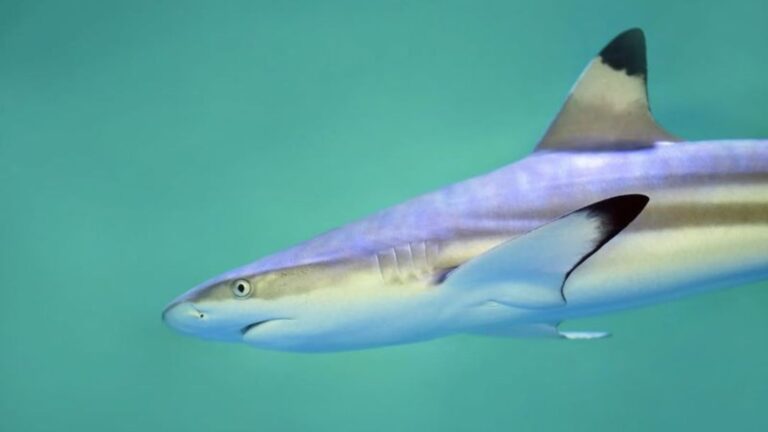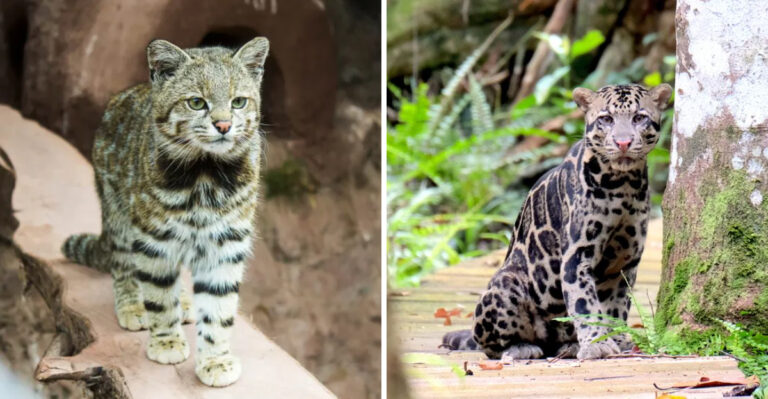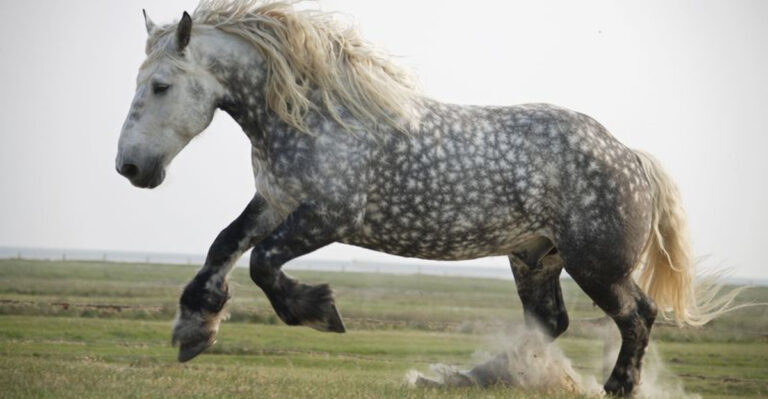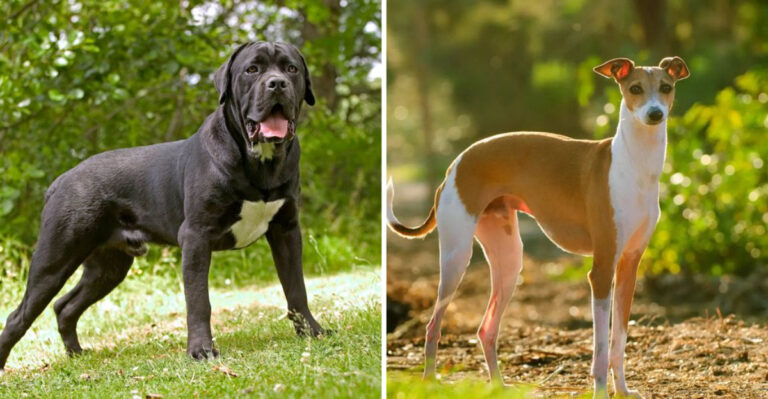Why Clownfish Are Getting Smaller As The Oceans Get Hotter
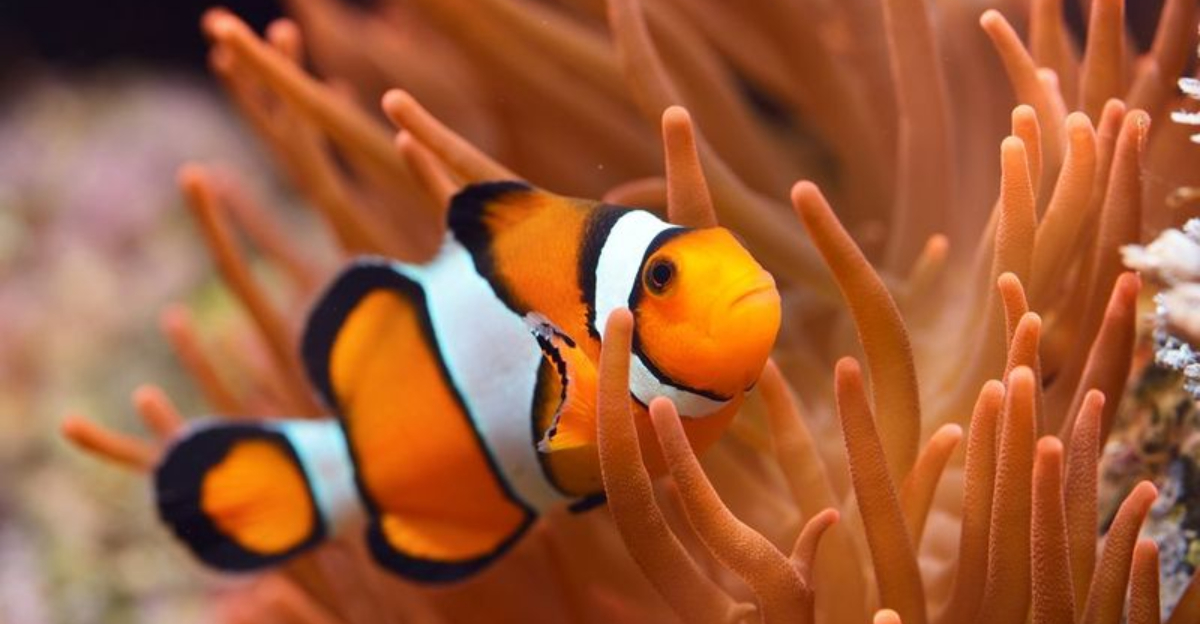
Clownfish, the vibrant orange fish made famous by Finding Nemo, are facing a serious problem in our warming oceans.
Scientists have discovered these beloved reef dwellers are actually getting smaller as sea temperatures rise. This shrinking trend threatens not just their survival but the delicate balance of coral reef ecosystems where they play important roles.
1. Ocean Heat Waves Disrupt Development
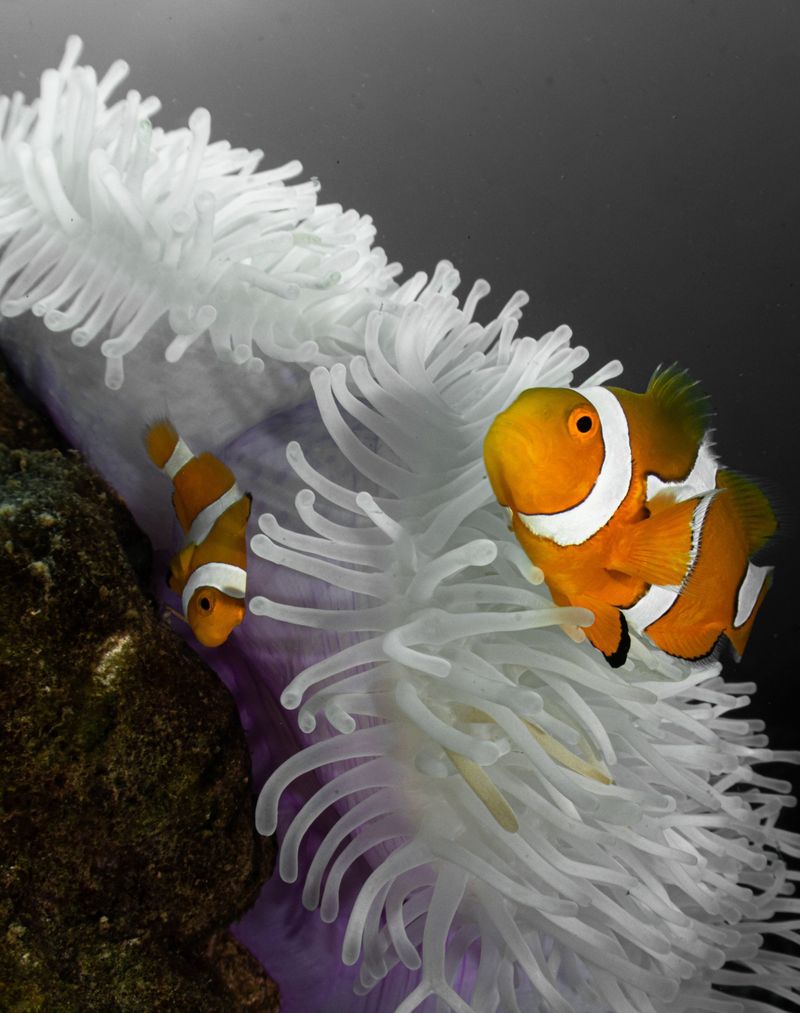
When massive heat waves sweep through ocean waters, young clownfish face growth challenges they weren’t evolved to handle. Their bodies can’t develop normally when temperatures spike beyond their comfort zone.
These thermal disruptions interfere with critical growth periods, causing premature aging in tissues. The result? Adult clownfish that never reach their full potential size.
2. Warmer Waters Speed Up Metabolism
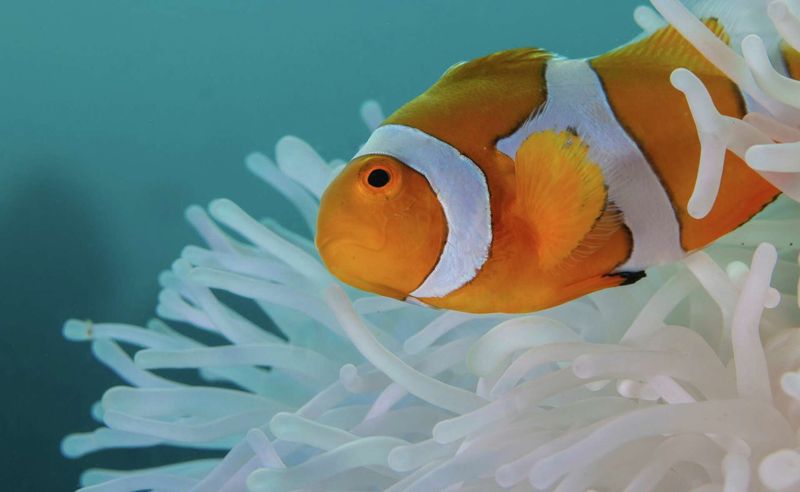
Fish are cold-blooded creatures whose internal processes accelerate in warmer environments. As ocean temperatures climb, clownfish metabolism kicks into overdrive, burning energy faster than they can replace it.
This metabolic sprint forces a brutal trade-off. Energy that would normally fuel growth gets diverted to simply staying alive, resulting in permanently smaller bodies.
3. Smaller Fish Use Less Oxygen
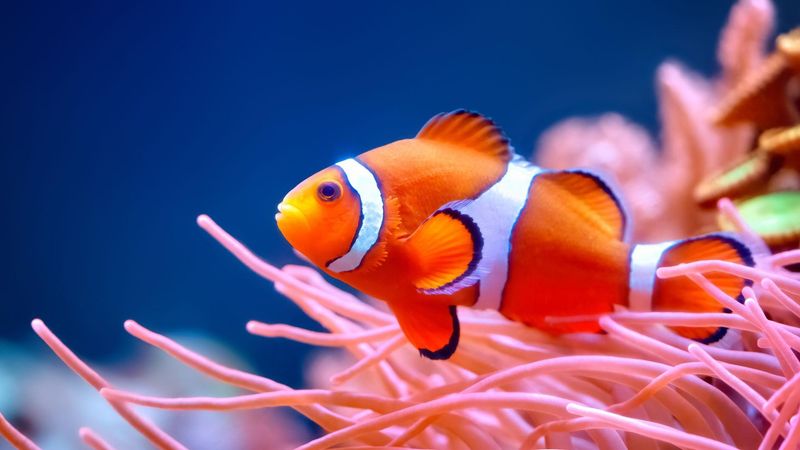
Hot water holds less dissolved oxygen than cooler water, creating an invisible suffocation risk for marine life. Clownfish have adapted by downsizing their bodies to require less oxygen overall.
The math is simple but harsh. Smaller bodies need less oxygen to function, giving these miniaturized fish a survival edge in increasingly oxygen-poor waters.
4. Shrinking Is A Survival Adaptation
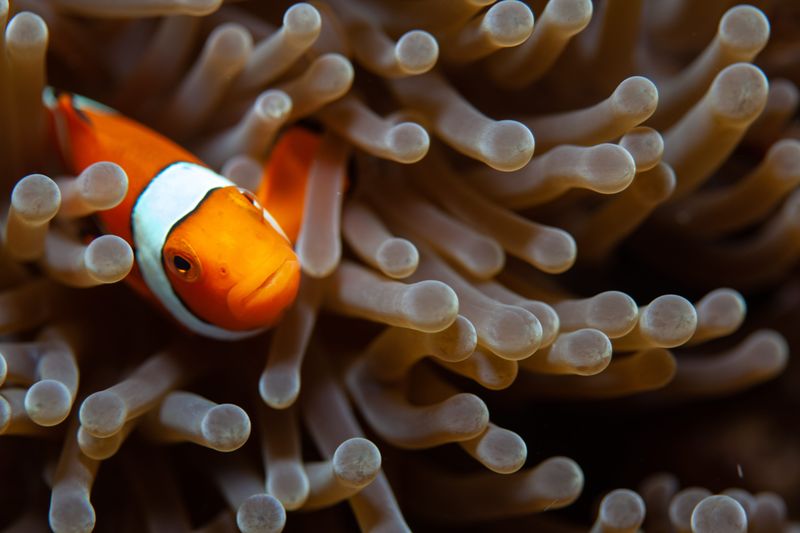
Nature finds clever solutions to environmental challenges. The smaller clownfish we’re seeing represent an evolutionary response happening in real-time, not over thousands of years.
This rapid adaptation shows how plastic animal bodies can be. While impressive, this emergency response comes with costs, including reduced reproductive capacity and vulnerability to predators.
5. Heat Affects Reproduction And Offspring Size
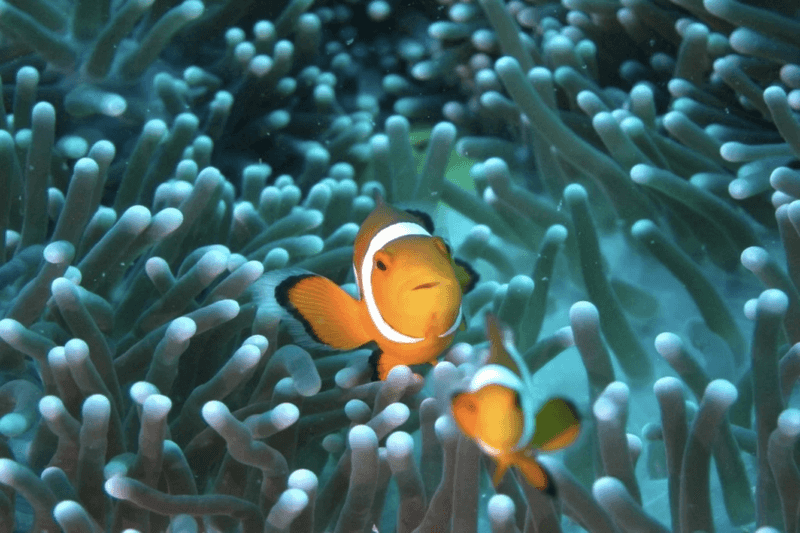
The reproductive systems of female clownfish take a serious hit in warmer waters. Their egg quality declines dramatically, producing fewer viable offspring.
Those eggs that do survive hatch into notably smaller babies. This double-whammy creates a generational shrinking effect, with each new brood starting life smaller than their parents did.
6. Host Anemones Are Also Under Threat
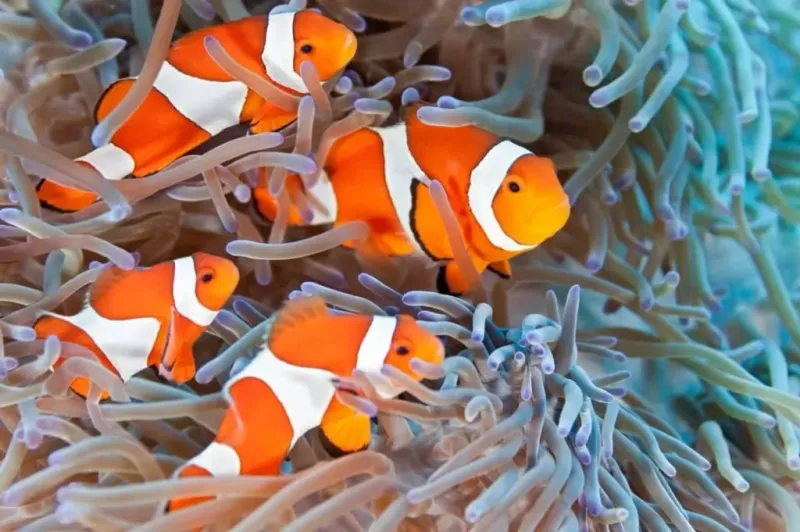
Clownfish and sea anemones share a famous partnership, each protecting and nourishing the other. Unfortunately, anemones bleach and die when oceans heat up, just like their coral relatives.
Without healthy anemone homes, clownfish face increased stress and nutritional challenges. Their growth stunts as they struggle to find adequate protection and food sources in degraded habitats.
7. Disrupted Food Chains Lead To Malnutrition
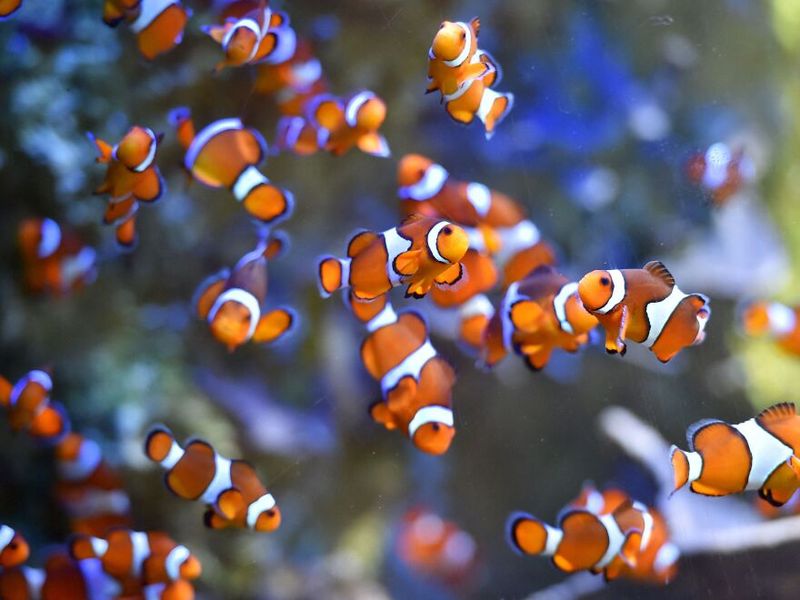
The ocean food web is incredibly sensitive to temperature changes. Warming waters alter the abundance of tiny plankton that form the base of marine food chains.
For young clownfish, this disruption means fewer nutritious meals during critical growth phases. Chronic undernourishment prevents them from building robust bodies, resulting in permanently stunted adults.
8. Shrinking Habitats Limit Movement
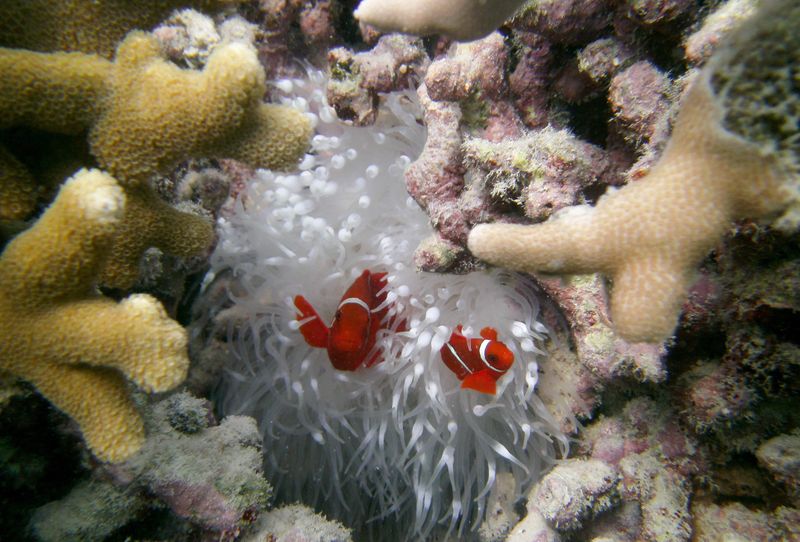
Coral reefs worldwide are deteriorating at alarming rates due to heat stress. These underwater cities provide essential hunting grounds and safe passages for clownfish.
As reefs degrade, clownfish must restrict their movements to smaller territories. Limited foraging opportunities mean less food intake and reduced body growth, contributing to the shrinking phenomenon scientists observe.
9. Social Hierarchies Break Down
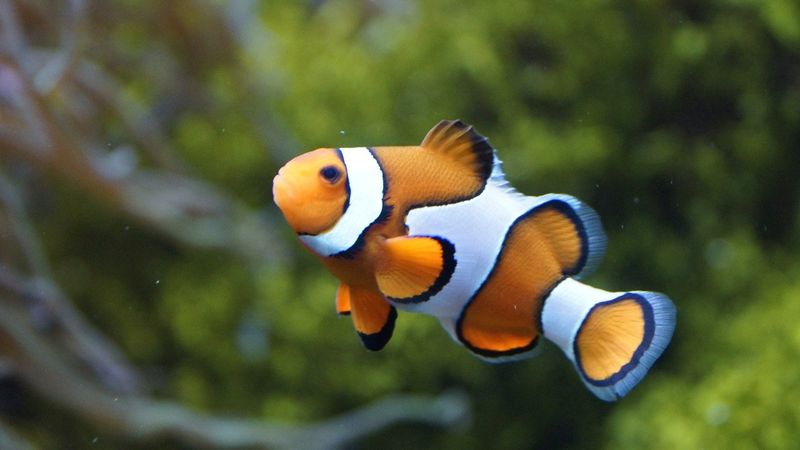
Clownfish live in fascinating communities where size determines social status. The largest fish becomes the dominant female, with others falling into rank below her.
Climate change disrupts this elegant system. When all fish remain small due to environmental stress, their social structures become chaotic. This disorder creates chronic stress that further inhibits growth potential.
10. Stress Hormones Inhibit Growth
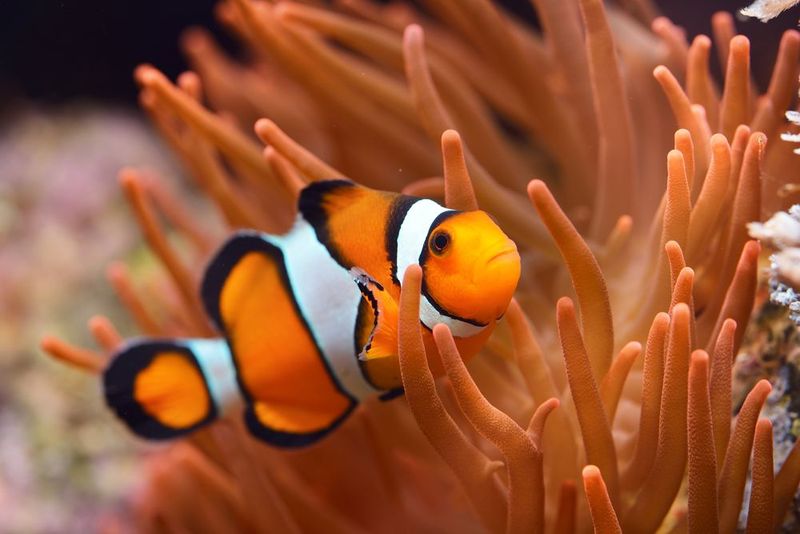
Fish experience stress just like humans do. When ocean conditions deteriorate, clownfish produce excess cortisol, their primary stress hormone.
Chronically elevated cortisol levels redirect energy away from growth and toward immediate survival functions. This biological trade-off ensures short-term survival but results in permanently smaller fish that never reach their genetic size potential.
11. Behavior Changes Lead To Less Feeding
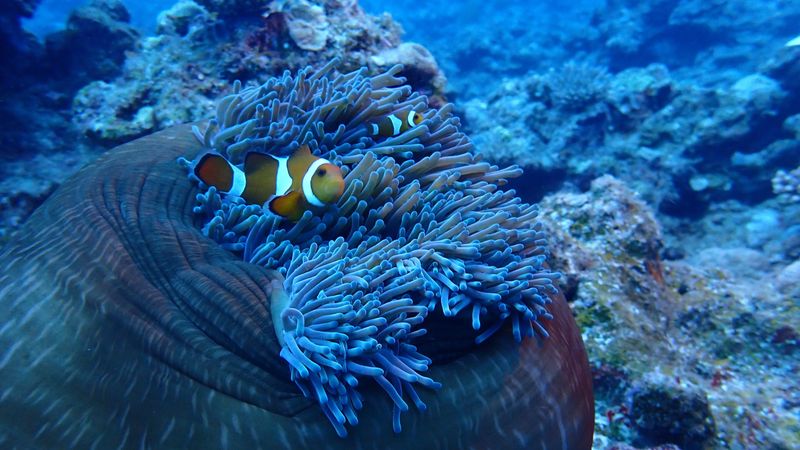
Clownfish naturally adjust their behavior when water temperatures rise. They become less active, hiding deeper in anemone tentacles and venturing out less frequently to feed.
This behavioral shift represents a survival strategy to conserve energy. The unintended consequence? Reduced feeding time means fewer calories consumed during critical growth periods, contributing to their diminishing size.
12. Climate Change Is Accelerating The Trend
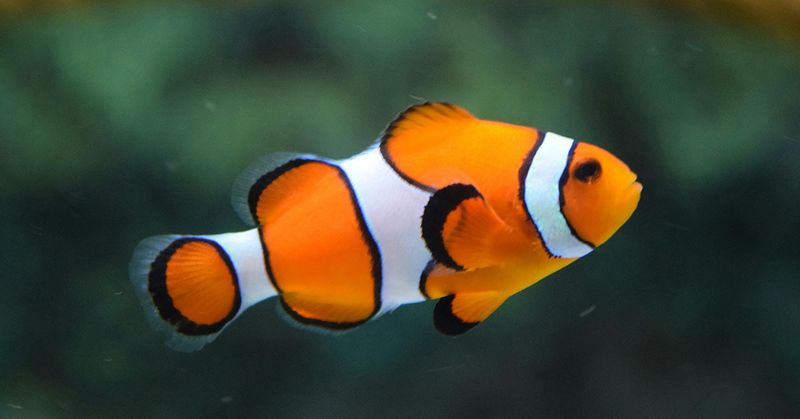
The shrinking of clownfish isn’t a gradual, distant concern—it’s happening right now at an alarming pace. Ocean temperatures are rising faster than at any point in millions of years.
Scientists tracking clownfish populations have documented size reductions of up to 20% in some regions over just a decade. This rapid change outpaces the fish’s ability to adapt through normal evolutionary processes.


